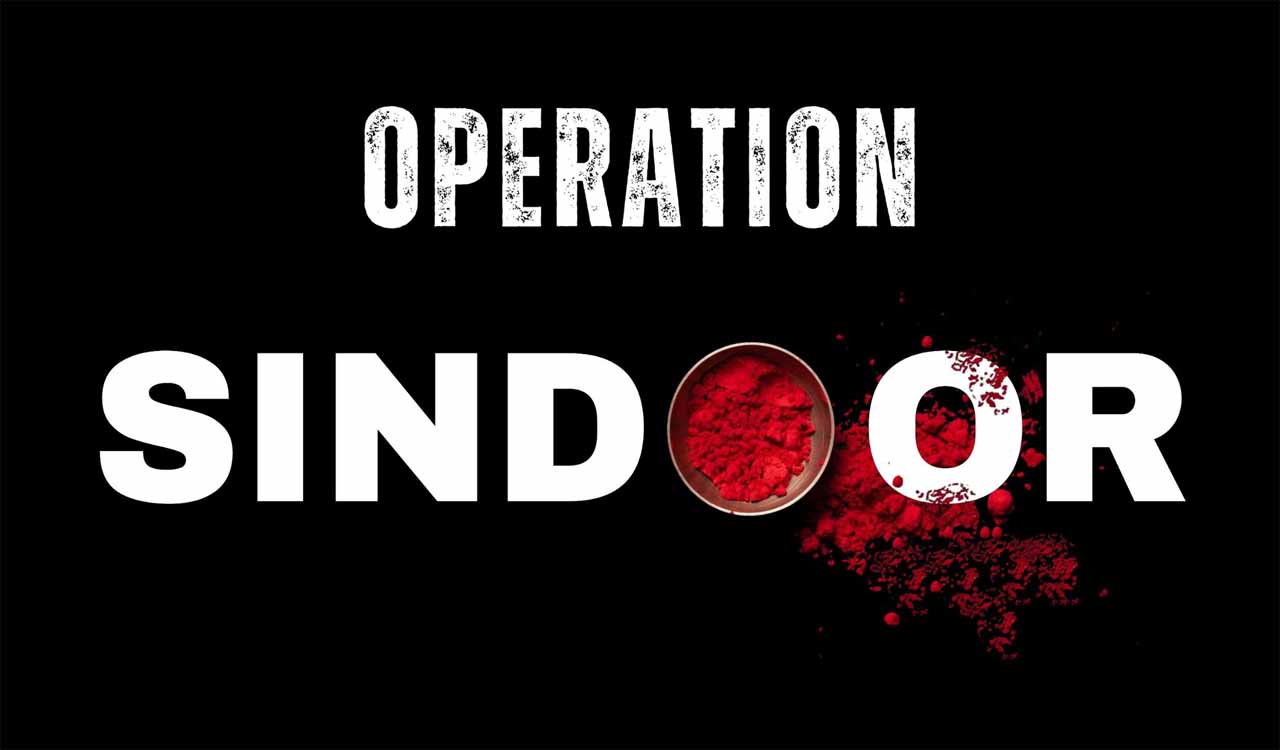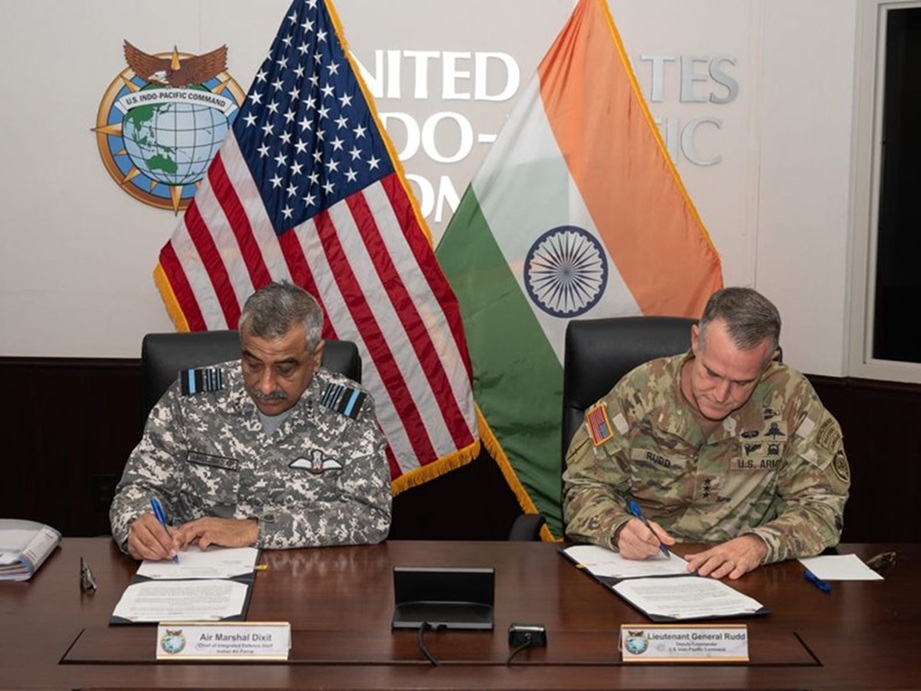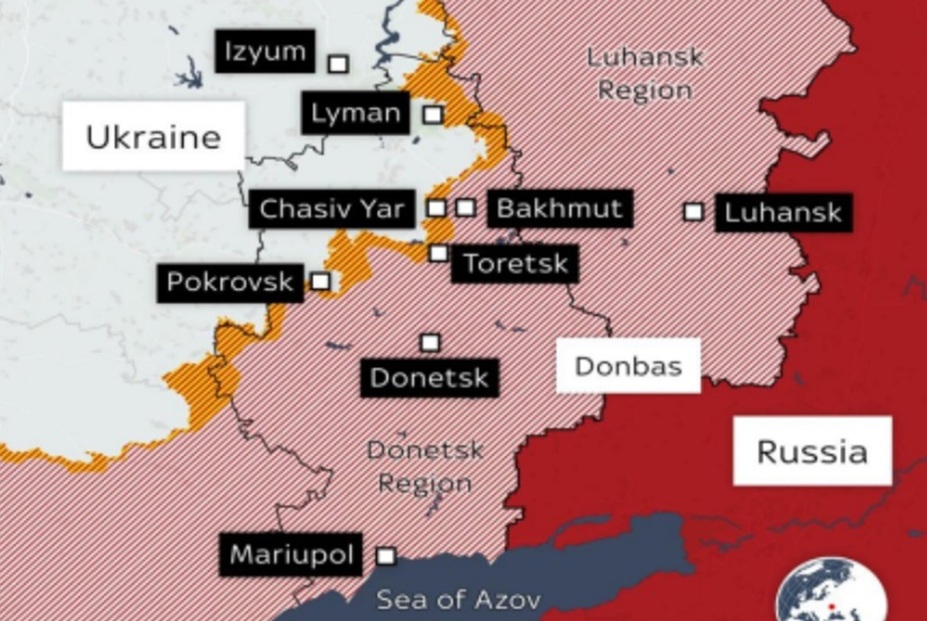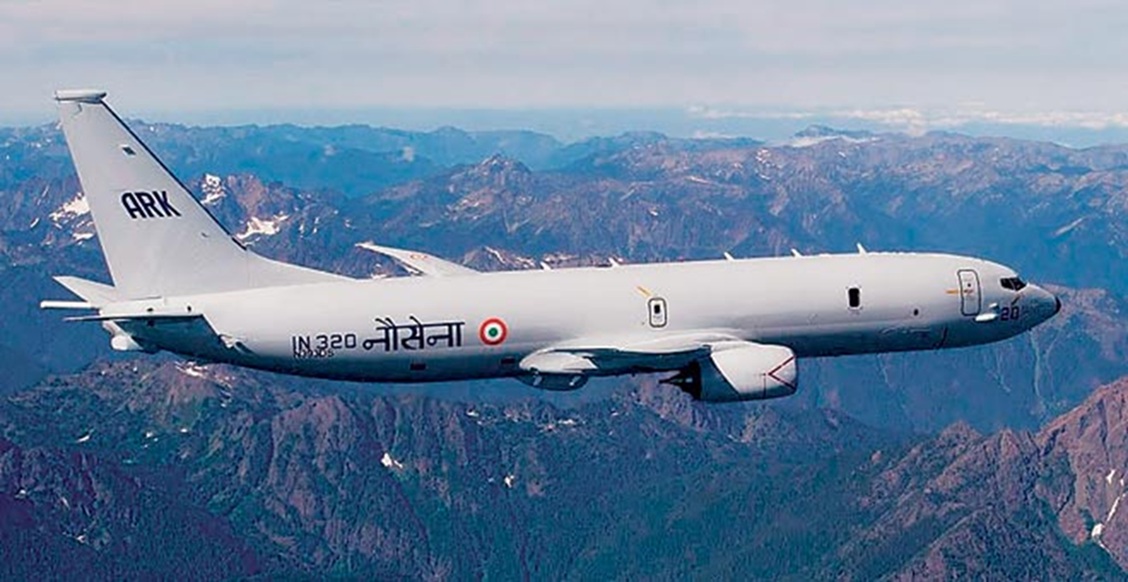Rivalry or Reflection?
When two former Commanders-in-Chief publicly debate the same operation, it is tempting to see rivalry. It isn’t. The exchange between Vice Admiral Harinder Singh (Retd) and Air Marshal Nambiar (Retd) on Op Sindoor reveals two distinct levels of military reasoning — one strategic-institutional, the other operational-tactical. Understanding both is key to India’s search for genuine jointness.
Vice Admiral Singh’s “Lessons Not Learnt from Operation Sindoor” speaks from the strategic plane. His concern is structural: India still fights as three Services under separate command chains. Sindoor’s air operations, he argues, were tactically proficient but institutionally stagnant — a success without reform.
Air Marshal Nambiar’s “Why We Shouldn’t Look at Sindoor through a Flawed Lens” defends the operational logic of airpower — precision, proportionality, restraint. For him, the IAF’s campaign reflected doctrinal maturity, delivering strategic effect without uncontrolled escalation.
One asks why we fight the way we do; the other explains how we fought well. They are not contradictions but two vantage points of the same campaign. The first seeks integration; the second defends professionalism. Both are indispensable.
Their disagreement exposes India’s two incomplete transitions: from tactical competence to operational art, converting precision into repeatable, multi-domain campaigns; and from Service autonomy to integrated command, ensuring that excellence within all-arms translates into national power. The gap between these two levels is the space where most of India’s wars — and debates — remain trapped.
A Useful Mirror: Israel’s Multi-Domain Operations After Lebanon (2006)
To understand this tension, recall Israel’s 2006 war in Lebanon. Confronted by Hezbollah’s cross-border raid, Israel launched an air-heavy campaign meant to restore deterrence without deep ground involvement. The result was an uneasy mix of tactical brilliance and strategic frustration — much like India’s post-Balakot and Pahalgam strikes against Pakistan-based terror networks.
Both countries faced the same dilemma: how to use limited, precise force for strategic signalling without sliding into prolonged war.
In 2006, Israel’s war in Lebanon was triggered by a Hezbollah raid and rocket attacks. Its objective was to punish and deter without sliding into a full-scale conflict. The method relied heavily on airpower, with ground manoeuvre politically constrained and delayed. The outcome was tactically successful but strategically ambiguous.
Between 2019 and 2025, India faced a comparable pattern. Major Pakistan-linked terror attacks — from Pulwama to Pahalgam — provoked air-led responses aimed at punishment and deterrence without escalation. These precision strikes achieved short-term success and demonstrated capability, but deterrence appears episodic rather than enduring.
In both cases, airpower became the preferred political instrument — fast, accurate, and controllable. Yet both discovered its limits: deterrence by optics rarely substitutes for deterrence by design. Israel’s lesson was that precision without manoeuvre cannot deliver a decision; India’s is that precision without integration cannot sustain deterrence.
Towards a Learning Culture
Israel responded to its 2006 failure with one of the most candid reform programmes in modern military history — the “Land Ahead” process led by Guy Tzur (former Chief of the IDF Ground Forces Command) at the IDF’s Dado Centre for Interdisciplinary Military Studies. It began with rigorous historical self-examination to identify recurring patterns of hesitation and over-reliance on standoff fire (the practice of striking targets from long range using aircraft, missiles, or artillery without moving ground forces into contact, as in Op Sindoor). Cross-domain design teams brought together air, ground, and intelligence planners to break institutional silos. Iterative war-gaming tested emerging ideas under realistic conditions before they became doctrine. Finally, a system of differential force design made select divisions innovation testbeds, ensuring that concepts were refined through practice rather than theory.
The outcome was a new concept of networked combined-arms manoeuvre — air, ground, and intelligence assets operating under unified command with shared tempo and data. It was less about platforms and more about posture — a cultural shift from deconfliction to synchronisation.
Visible Corrections in Gaza
The proof came in later campaigns. Protective Edge (2014), fought as Land Ahead was still unfolding, improved integration, though tempo lagged; its lessons fed directly into doctrine. By Guardian of the Walls (2021), the reforms had matured. The IDF executed what IDF Chief of Staff Aviv Kochavi later described under his Momentum Plan as “multidimensional operations” — air, cyber, and ground units fighting as one network, with real-time intelligence from Shin Bet and drones reducing sensor-to-shooter time to minutes. In Shield and Arrow and Iron Swords (2023–24), integration was complete. Ground forces provided live targeting data; air and artillery strikes opened corridors for high-tempo incursions. Command friction dropped dramatically.
In each case, Israel avoided the paralysis of 2006. Operations in 2014 and 2021 were shorter, coordination tighter, and political decision-making clearer — a marked improvement over 2006. The ongoing Gaza conflict after 07 October 2023, however, is a different class of operation: a prolonged, multi-phase campaign aimed not merely at deterrence but at dismantling Hamas’s military infrastructure. Its duration reflects political and strategic aims more than any reversal of doctrinal progress under Land Ahead or Momentum Plan.
In that sense, Israel’s Land Ahead has matured from testing integration in short wars to sustaining it through protracted campaigns — a distinction India must grasp as it designs its own learning path post-Sindoor.
Applying Land Ahead Concepts to Indian Military Responses
Operation Sindoor could be the catalyst if India’s Services launch a disciplined tri-Service learning campaign rather than immediate, sweeping reorganisations. Start small: pilot a time-bound joint headquarters [possibly a Corps HQ (or HQ ANC) nominated for the pilot], staffed temporarily (or as already integrated) by planners from all three Services, to validate integrated air–surface operations, joint logistics and unified targeting. The prototype should run a short cycle of war games and controlled field trials to produce measurable data on decision speed, coordination and sustainment. Results would feed a joint operations playbook, a doctrinal white paper and a costed proposal for scaling integration across theatres. This practical, learning-centred approach, modest in size but ambitious in method, could convert precision and professionalism into posture and process and give India its own Lane Ahead.
Such a programme would convert professional disagreement into doctrinal evolution and shift India from deterrence by demonstration to deterrence by design.
Broader Lessons
Israel’s self-correction after 2006 — through Land Ahead and later Momentum Plan— restored faith in its joint doctrine. The IDF learned that restraint without readiness breeds vulnerability. Every Gaza campaign since has been treated as a live laboratory, not a final verdict.
India now stands at a similar juncture. Operation Sindoor demonstrated the competence of its air campaigners and the discipline of escalation control, but also how dependent that success was on improvisation rather than institutional process. Without statutory joint command structures and a guiding National Security Strategy, each new operation risks beginning from scratch.
The Lane Ahead
The Land Ahead experience teaches that reform requires both a sense of crisis and a belief in change. Operation Sindoor offers both. It validated precision capability yet exposed the fragility of coordination without integration.
Rather than seeing the Singh–Nambiar debate as a clash of egos, it should be recognised as the spark for an Indian “Lane Ahead” — a continuous learning loop aligning technology, doctrine, and structure. An honest, tri-Service post-Sindoor review could play for India the same role the Winograd Commission and Dado Centre processes played for Israel: transforming argument into architecture.
If the Services institutionalise such a process, India can finally bridge the divide between tactical brilliance and strategic coherence. Precision and integration will cease to be rival virtues and become the twin engines of credible national power.
Air Marshal Nambiar shows how India fought well; Vice Admiral Singh asks why it still fights that way; Israel’s “Land Ahead” shows how to learn from both — and design India’s lane ahead.
Title Image Courtesy: GoI
Disclaimer: The views and opinions expressed by the author do not necessarily reflect the views of the Government of India and the Defence Research and Studies

Reference
The Article title draws on Guy Tzur’s essay “Lane Ahead – Formulating a Ground Manoeuvre Concept”, Dado Centre Journal, Vol. 6 (2016), Israel Defence Forces Dado Centre for Interdisciplinary Military Studies. Available at https://www.idf.il/en/mini-sites/dado-center/vol-6-force-design-a/lane-ahead-formulating-a-ground-maneuver-concept/









